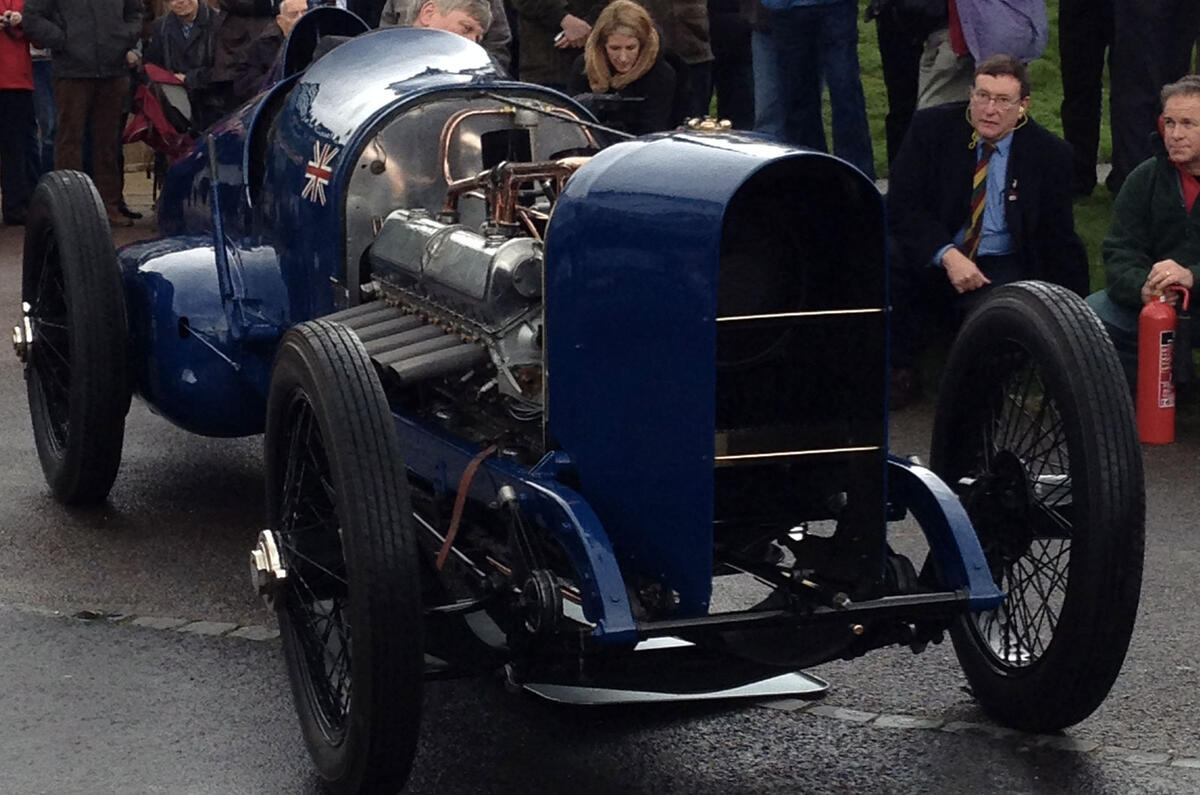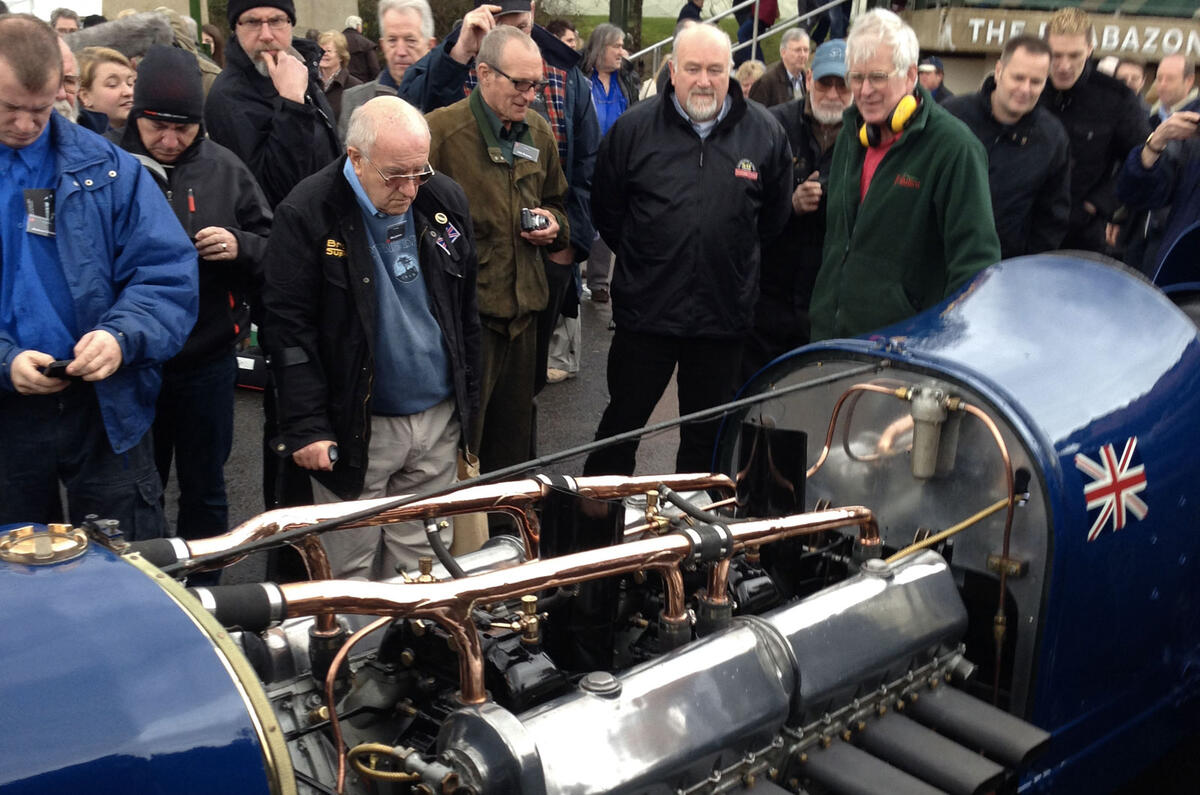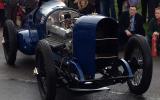When was the last time you saw a car emitting large clouds of oil smoke? Unless you’ve just been driving something classic, multi-cylindered and Italian, I’ll bet it’s been many months.
It’s all because of the improvements made to lubricants, or so an engineer friend tells me. “Life has changed completely,” he says, “my old man would never drive his old MGB to the West Country without a spare set of piston rings tucked into a corner of the boot. Today you’d never think of it.”
One reason for the improvement is that materials have improved, says my friend, but mostly it’s down to those modern lubricants. Engines just don’t wear out any more.
What set me thinking about this was a visit to the National Motor Museum at Beaulieu yesterday, where for the first time in 20 years they started the 1920 350-horsepower Sunbeam in which Sir Malcolm Campbell set several land speed records, finally pushing through the elusive 150mph barrier at Pendine Sands in 1925.
The car last ran in public at Goodwood in the 1960s, then suffered a catastrophic blow-up in the ’90s after an 'experimental' start-up. They showed us pictures of a hole in the crankcase half the size of a dinner plate, where an insufficiently lubricated piston and conrod had punched their way to freedom.
One of the first jobs of the Sunbeam's repair – overseen by Beaulieu’s chief engineer, Doug Hill – was to chisel huge quantities of solidified oil from every corner and crevice of the crankcase.
It must have been a heartbreaking time: this is a unique, 18.3-litre V12, based loosely on a Sunbeam aero engine but quite different in construction. It has two-piece conrods, each of which connects a piston from each bank to the crankshaft via a common big-end bearing. This strange feature means one bank of six cylinders has a different stroke from the other, and ensures a permanent imbalance, possibly explaining why maximum power is delivered at only 2000rpm.
Anyway, it’s all back together after seven years of painstaking work, and yesterday it ran beautifully. Beaulieu will now use the Sunbeam as a mobile exhibit to publicise its activities during the year — much as Brooklands does with the Napier Railton.
Just before one of his more muscular helpers swung the starting handle to bring 18 litres of engine back to life, Hill noted that for most of its 96 years the car has been owned by Beaulieu’s founder Lord Montagu, who inspired its rebuild and was on hand yesterday for the re-start. “Thank you, boss,” said Hill. “It has been a privilege.”







Join the debate
Add your comment
excellent article
I thought Sunbeam, make